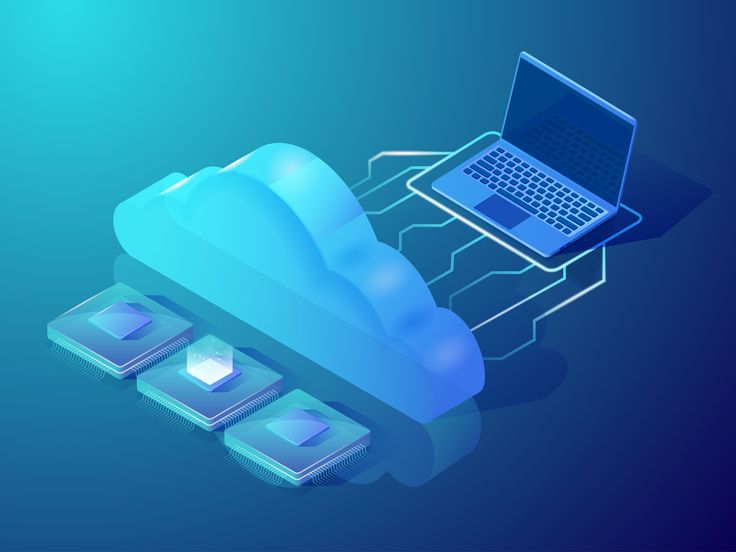Cloud computing has revolutionized the way businesses store, process, and manage data. From scalable infrastructure to cost efficiency, cloud technology has empowered industries worldwide. However, as digital transformation accelerates, new trends are emerging that could define the next phase beyond traditional cloud computing. This blog explores what’s next after cloud computing and the future of digital infrastructure.
1. Edge Computing: Decentralizing Data Processing
What is Edge Computing?
Edge computing brings data processing closer to the source rather than relying on centralized cloud servers. By processing data at the edge of the network, devices and applications experience lower latency and enhanced real-time performance.
Why is it Important?
- Reduces latency for applications like autonomous vehicles and IoT.
- Decreases dependency on cloud data centers, enhancing reliability.
- Supports real-time analytics for critical operations.
Use Cases
- Smart cities (traffic management, surveillance)
- Industrial automation and predictive maintenance
- 5G-enabled services
2. Quantum Computing: A Leap in Processing Power
What is Quantum Computing?
Quantum computing leverages quantum bits (qubits) instead of traditional binary bits, enabling exponentially faster processing for complex computations.
Why is it the Future?
- Solves problems that classical computers struggle with.
- Enhances cryptography, AI, and scientific research.
- Enables high-speed simulations for pharmaceuticals and finance.
Challenges
- High cost and complexity.
- Requires significant advancements in hardware and stability.
3. Serverless Computing: Next-Level Cloud Efficiency
What is Serverless Computing?
Serverless computing allows developers to deploy applications without managing underlying infrastructure. The cloud provider handles resource allocation dynamically.
Key Benefits
- Cost-efficient as you pay only for execution time.
- Scales automatically based on demand.
- Ideal for microservices and event-driven applications.
Examples
- AWS Lambda, Google Cloud Functions, Azure Functions
4. AI-Driven Cloud Computing: Smarter Workflows
What is AI-Driven Cloud?
AI and machine learning (ML) are transforming cloud services by automating decision-making, optimizing performance, and enhancing security.
Why AI in Cloud?
- Improves predictive analytics and automation.
- Enhances cybersecurity with real-time threat detection.
- Reduces operational costs by optimizing resource allocation.
Industries Benefiting
- Healthcare (AI-driven diagnostics)
- Finance (fraud detection)
- Retail (personalized recommendations)
5. Decentralized Cloud and Blockchain Integration
What is Decentralized Cloud?
A decentralized cloud system leverages blockchain and peer-to-peer networks to distribute data storage across multiple nodes instead of relying on centralized servers.
Benefits
- Enhanced data security and privacy.
- Reduces risks associated with cloud provider failures.
- Prevents unauthorized data control by a single entity.
Examples
- Storj, Filecoin, Sia
Conclusion: The Future is Hybrid
While cloud computing remains essential, the future lies in a hybrid model integrating edge computing, AI, quantum computing, and blockchain-driven decentralization. Businesses must prepare for this evolution by embracing emerging technologies that improve efficiency, security, and real-time processing capabilities.

